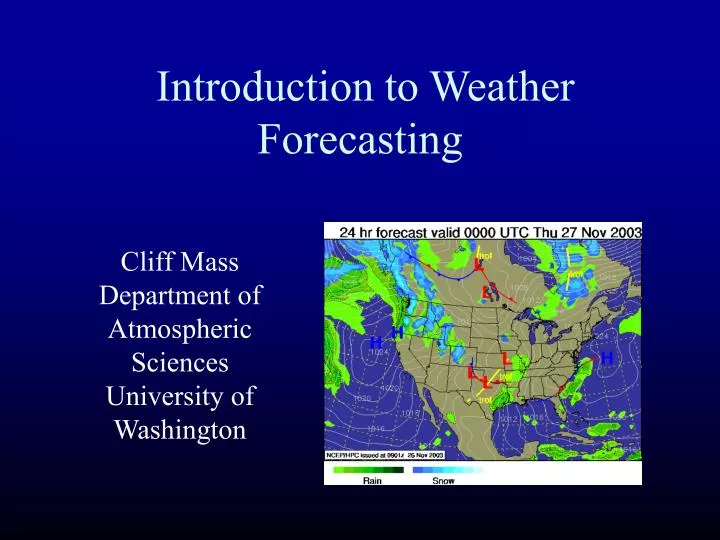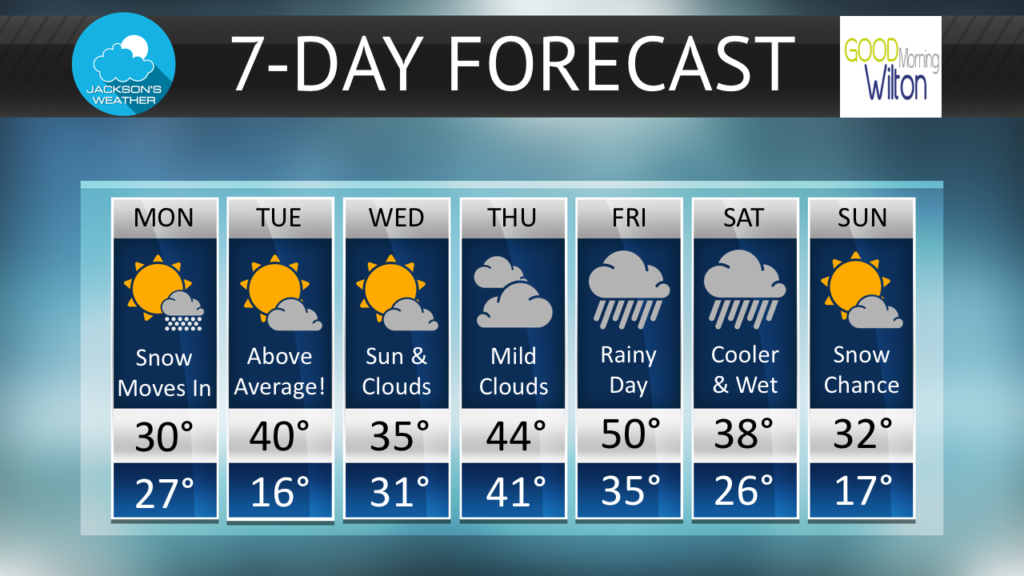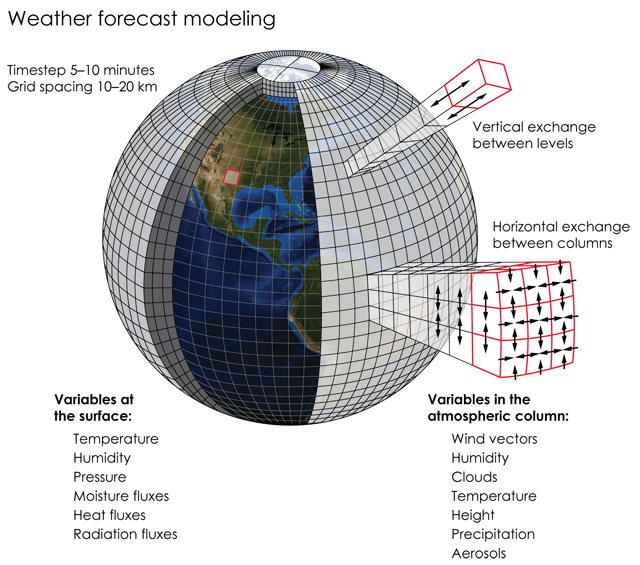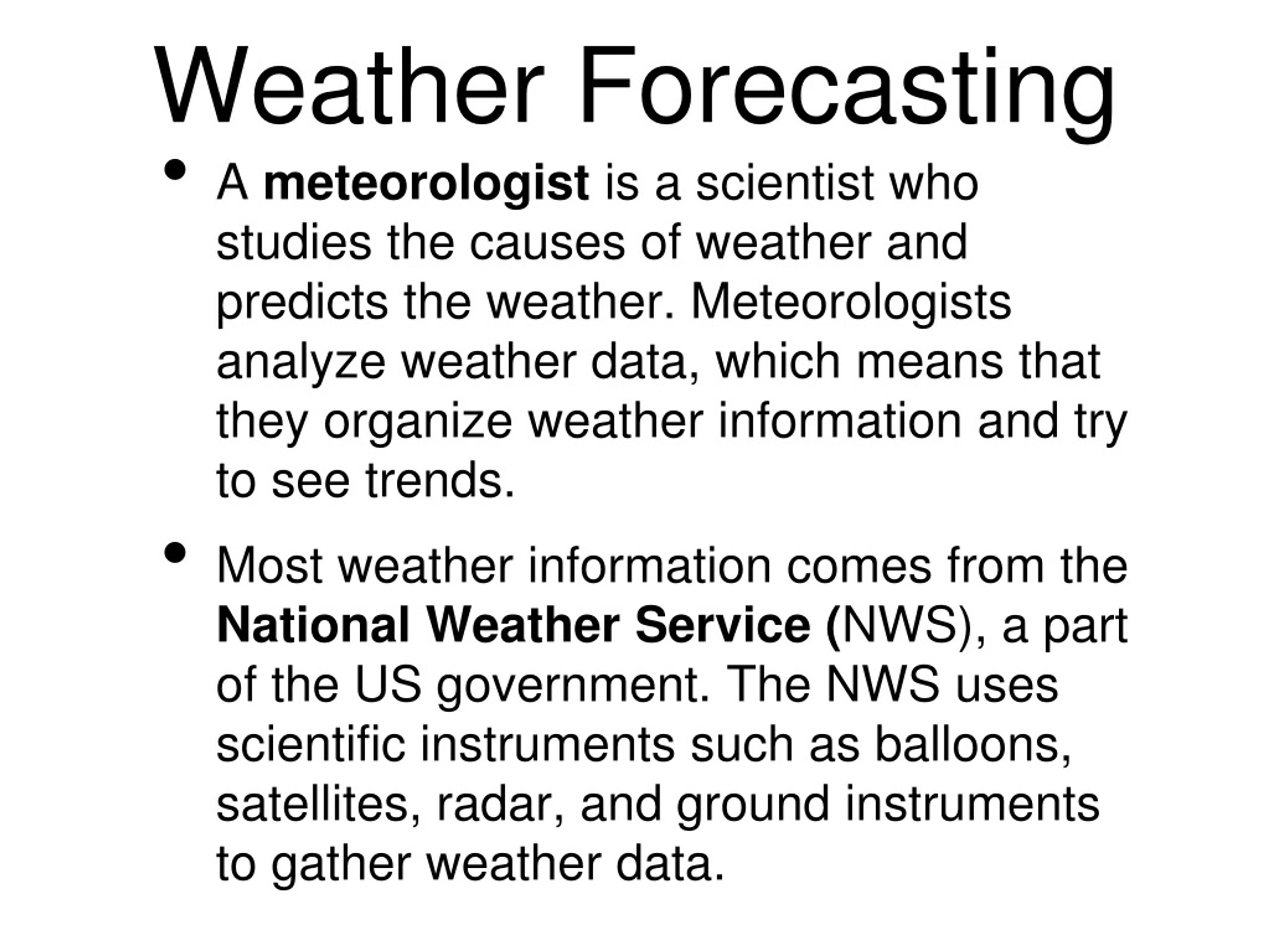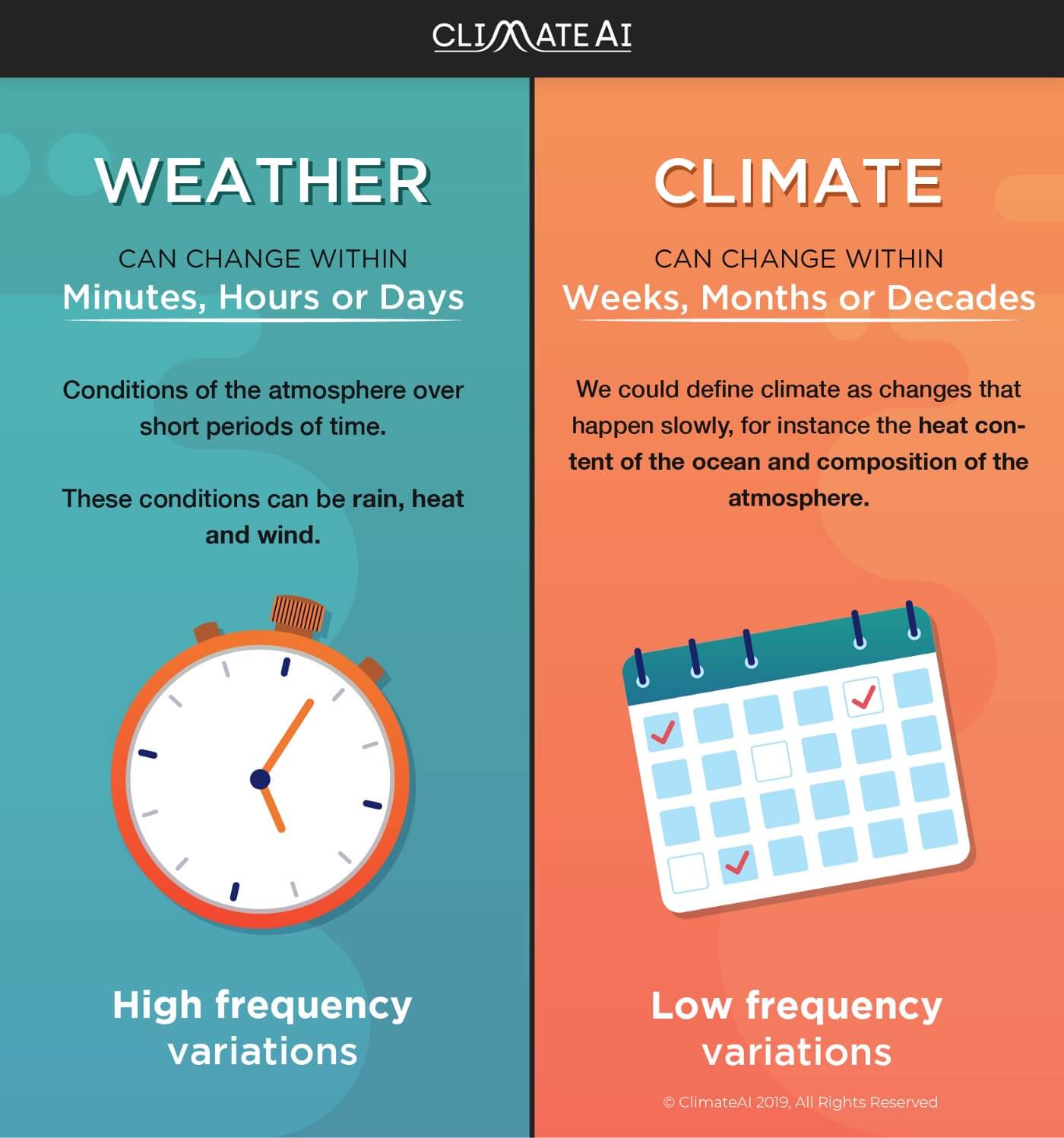Weather Fore Casting Presentation
| Introduction to Weather Forecasting | ||
|---|---|---|
| Weather forecasting is the process of predicting atmospheric conditions for a specific time and location. It is crucial for planning daily activities, agriculture, aviation, and disaster management. Meteorologists use a combination of observations, data analysis, and computer models to make accurate predictions. | ||
| 1 | ||
| Importance of Weather Forecasting | ||
|---|---|---|
| Weather forecasting helps us prepare for extreme weather events such as hurricanes, tornadoes, and storms. It enables us to plan outdoor activities, vacations, and events accordingly. Accurate weather forecasting is essential for industries like agriculture, transportation, and energy production. | ||
| 2 | ||
| Tools and Data Used in Weather Forecasting | ||
|---|---|---|
| Meteorologists use various tools like weather satellites, radar, weather balloons, and ground-based instruments to collect data. Observations from these tools are combined with historical data and climate patterns to analyze current weather conditions. Computer models are then used to simulate and predict future weather patterns based on this data. | ||
| 3 | ||
| Types of Weather Forecasts | ||
|---|---|---|
| Short-term forecasts predict weather conditions within hours to a few days, providing information on things like temperature, precipitation, and wind. Medium-range forecasts cover a time span of days to a week, focusing on broader weather patterns and trends. Long-term forecasts offer predictions for weeks to months ahead, often used for climate research and seasonal planning. | ||
| 4 | ||
| Challenges in Weather Forecasting | ||
|---|---|---|
| Weather is a complex system with numerous variables, making accurate predictions challenging. Uncertainties in data collection, model limitations, and changing atmospheric conditions can lead to forecast errors. Extreme weather events like hurricanes and tornadoes are particularly challenging to predict accurately. | ||
| 5 | ||
| Advancements in Weather Forecasting | ||
|---|---|---|
| Technological advancements, such as improved satellite systems and supercomputers, have enhanced forecasting capabilities. High-resolution computer models and ensemble forecasting techniques help improve accuracy. Data assimilation techniques combine observations with model outputs to reduce errors and improve predictions. | ||
| 6 | ||
| Role of Meteorologists in Weather Forecasting | ||
|---|---|---|
| Meteorologists analyze weather data, interpret model outputs, and make predictions based on their expertise. They provide critical information to the public, emergency services, and industries to make informed decisions. Meteorologists continuously monitor weather conditions and update forecasts as necessary. | ||
| 7 | ||
| Benefits of Accurate Weather Forecasts | ||
|---|---|---|
| Accurate forecasts help reduce risks associated with severe weather events, saving lives and property. Industries can optimize operations, minimize losses, and plan resource allocation efficiently. Individuals can plan activities, travel, and outdoor events with confidence, maximizing enjoyment and safety. | ||
| 8 | ||
| Future of Weather Forecasting | ||
|---|---|---|
| Advancements in technology and data collection methods will continue to improve forecast accuracy. Machine learning and artificial intelligence techniques will further enhance predictive capabilities. Integration of weather forecasts with other data sources, such as social media and Internet of Things (IoT) devices, will provide personalized and real-time weather information. | ||
| 9 | ||
| Conclusion | ||
|---|---|---|
| Weather forecasting is a crucial scientific discipline that helps us plan and adapt to changing weather conditions. Accurate forecasts save lives, optimize resources, and improve overall quality of life. Continuous research, technological advancements, and collaboration among meteorologists worldwide will further enhance forecasting capabilities. | ||
| 10 | ||
